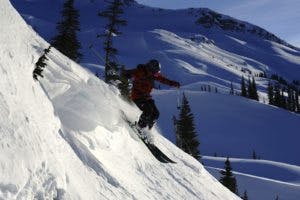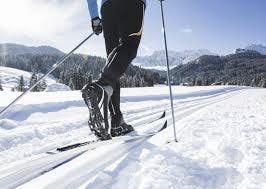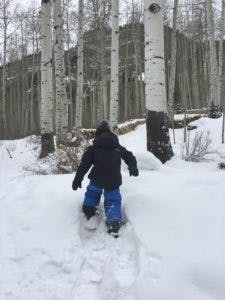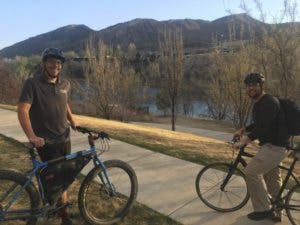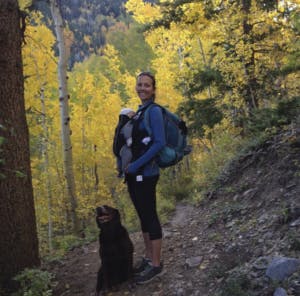Spring is kicking into full gear with warmer temperatures, drier trails, and increased outdoor activity! With many Durango folks trading their ski boots for running shoes these days, it’s important to talk about safe increases in running distance in order to set up for an injury-free season.
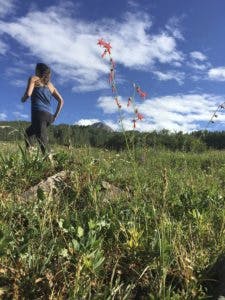
A recent article in one of my favorite sources for quality research reports, the Journal of Orthopaedic and Sports Physical Therapy, touched on this topic by specifically looking to find out if there is an association between change in weekly running distance and running-related injury.(1) The researchers studies over 250 non-injured runners of a period of 14 weeks as they followed a running schedule that was either focused on distance increases or pace increases.(1) The main finding of this research article was that significantly more runners were injured if they increased their weekly running distance by greater than 20%, with this association more commonly occurring in the first few weeks of the training program.(1) This falls in line with a previous articles on this topic, where activity increases greater than 10-30% were associated with higher risks of injury.
This current article does make a point to mention that there are many other variables besides schedule and weekly increases that can lead to injury in runners.(1) As physical therapists, we are uniquely qualified to assess you, whether or not you have a current injury, and help with ensuring that you have as good of a running season as you can with guidance on specific exercises and training plans to work with as you increase hit the roads, paths, or trails around town this year. Don’t hesitate to contact us if you want to do everything you can to minimize your risk of injury or reduce the effects of a current injury if you have one!
1. Damsted C, Parner ET, et al. The association between changes in weekly running distance and running-related injury: preparing for a half marathon. J Orthop Sports Phys Ther. 2019;49(4):230-238.


